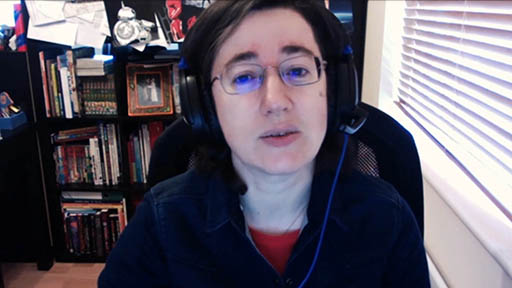Week 1: Digital transformations
Introduction
What does ‘digital humanities’ mean? What is the difference between ‘digitised’ and ‘born-digital’ data? And what do we mean by ‘metadata’? During this week, you will become familiar with the fundamental terms of digital research. You will learn about the history of digital humanities, discover how physical objects can be made readable by computers through digitisation, understand the meaning of metadata and its importance for search engines, and reflect on doing research with born-digital data.

Transcript: Video 1
When you think of doing research in the humanities, what comes to mind? Searching through documents in an archive, reading rare printed books in a library, studying works of art in a museum or a gallery. All of these modes of study are central to the humanities. But they are no longer the only ones in the researcher's toolbox.
The last 30 years have seen the growth of digital documents and artifacts that are of great interest to humanities researchers. The field of digital humanities is developing methods to study the humanities with the help of the digital and to interrogate the digital through the viewpoint of the humanities. Join this course to learn how you can use digital research to better understand the past and the present in the digital age.
During this week, you will learn:
- the main milestones in the history of digital research in the humanities
- how documents and artefacts can be transformed through digitisation
- the basic functioning of search engines
- the importance of born-digital data for research.
